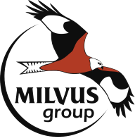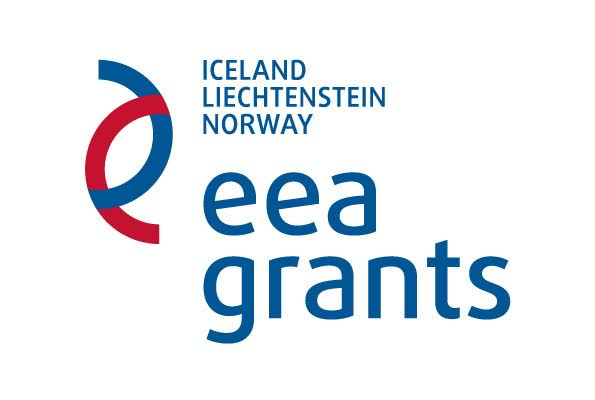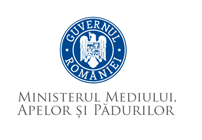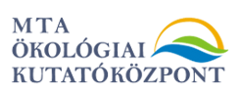OUTCOMES
For Researchers
Understanding that besides the protection of species, preserving the integrity and functionality of ecosystems is vital for human life, led to the elaboration of the MAES concept. Nevertheless, we need to elaborate a common classification and interpretation of ecosystem services and answer the yet unclarified conceptual problems. Concretizing and making assessment methods comparable, elaborating representative and quantifiable indicators, publishing practical examples and methodology guides is necessary. Latter problems are significantly represented in international scientific literature and in EU funded research projects. Besides the Niraj-MAES project, the Centre for Ecological Research of the Hungarian Academy of Sciences is partner of various international researches dealing with the topic. LIBERATION EU FP7 is specifically focused on biodiversity and ecosystem services maintained by agricultural habitats. The OpenNESS (Operationalisation of Natural Capital and Ecosystem Services) research program includes a complex, integrative mapping and assessment of local ecosystem services.
The Niraj-MAES research is unique as on the one hand it combines different disciplines and methods, and on the other hand it applies participatory techniques. From a socio-economic perspective, we explore the views and perceptions of local stakeholders about the ecosystem services with qualitative methods such as interviews, questionnaires and participatory scenario workshops. From nature science perspective habitat and ecosystem service maps will be created with participatory mapping tools in order to visualize the appearance and diversity of ecosystem services.
For Locals
Understanding how nature works and how it provides us with our everyday needs is the first step to protect them. For us, understanding how much locals value ecosystem services and what they value the most are the key to build up scenarios. Putting this together and making policy-makers and ecosystem services users understand these services and their contribution to our well-being is the first step. Based on this, they make adequate decisions for the sake of saving them - ultimately for the sake of society.
- Our brochure shows the basics of our project (pdf)
- From our first SAB meeting, see the list of the most important ecosystem services identified by local stakeholders
- Hay – another ecosystem service proposed by the local experts at the second Stakeholder Advisory Board meeting
- Climate change, the Common Agricultural Policy and demographic changes, as main topics of the third Stakeholder Advisory Board meeting
For Decision Makers
The concept of ecosystem services was mainstreamed in the scientific world after publishing the Millennium Ecosystem Assessment in 2005. Soon biodiversity policies integrated ecosystem services at an international- and EU-level, as well as a new intergovernmental panel was established for the sake of integrating the concept into policies (Intergovernmental Platform on Biodiversity and Ecosystem Services, http://www.ipbes.net/). The Biodiversity Strategy of the Convention on Biological Diversity and the EU Biodiversity Strategy to 2020 defines the national biodiversity strategies for Romania as well. Assessing ecosystem services, using them in a sustainable way, halting their loss, internalizing them and integrating them into decision-making processes was also set as a target of the mentioned strategies. At the sectorial level, we analyse how certain ecosystem services contribute to the profit and sustainability of the sectors like forestry, agriculture, fishing, tourism and what roles these sectors have to protect these services for their future sustainable operation.
At the regional and national level, we analyse the integration of ecosystem service conservation to current national policies, identify solutions to stop the deterioration of ecosystems and their services and provide recommendations for policy development and implementation.
At the EU level, we provide contributions to the so-called European Mapping and Assessment of Ecosystems and Ecosystem Services (MAES) process, which is part of the Target 2 of the EU Biodiversity Strategy 2020. Providing an actual case study applying MAES methods, we are acting as one of the first Romanian exemplar of a regional mapping and assessment.
Scientific publications
- Ágnes Vári, Ildikó Arany, Ágnes Kalóczkai, Katalin Kelemen, Judith Papp and Bálint Czúcz - *Berries, greens, and medicinal herbs—mapping and assessing wild plants as an ecosystem service in Transylvania (Romania)* - Journal of Ethnobiology and Ethnomedicine (2020) - https://rdcu.be/b2xJm
- Bálint Czúcz, Ágnes Kalóczkai, Ildikó Arany, Katalin Kelemen, Judith Papp, Krisztina Havadtői, Krisztina Campbell, Márton A. Kelemen, Ágnes Vári - *How to design a transdisciplinary regional ecosystem service assessment: a case study from Romania, Eastern Europe* (One Ecosystem) - https://oneecosystem.pensoft.net/article/26363/
- Ildiko ARANY, Agnes VARI, Reka ASZALOS, Katalin KELEMEN, Marton Attila KELEMEN, Gabor BONE, Eszter LELLEI-KOVACZ, Balint CZUSZ - *Key criteria for developing ecosystem service indicators to inform decision making* (Elsevier) - Ecological Indicators, vol.95, https://www.sciencedirect.com/science/article/pii/S1470160X18304606
- *Diversity of flower-rich habitats as a persistent source of healthy diet for honey bees* - European Journal of Geography Volume 10, http://eurogeographyjournal.eu/articles/9_Ildiko_Arani_final.pdf
Conferences
- The most important ecosystem services in Niraj and Târnava Mică Valley (XI. Magyar Természetvédelmi Konferencia pg 84) - http://www.mtbk.hu/mtbk11/doc/XI_MTBK_Absztraktkotet.pdf
- 46th Annual Meeting of the Ecological Society of Germany, Austria and Switzerland: *Berries, herbs and mushrooms - mapping and assessing wild food as an ecosystem service in Transylvania*
- Smart Geography, Sofia, 2018 - *Mapping honey provisioning capacity with rule-based expert matrix models*




